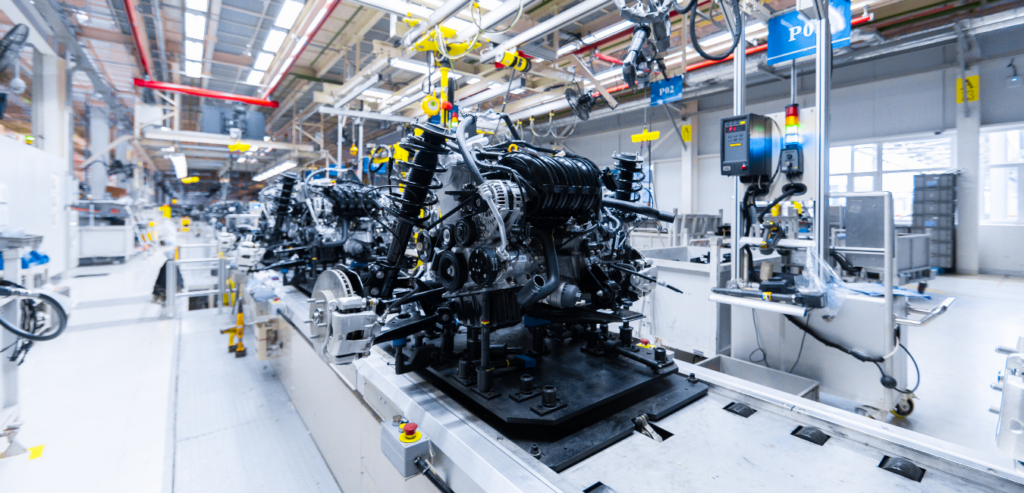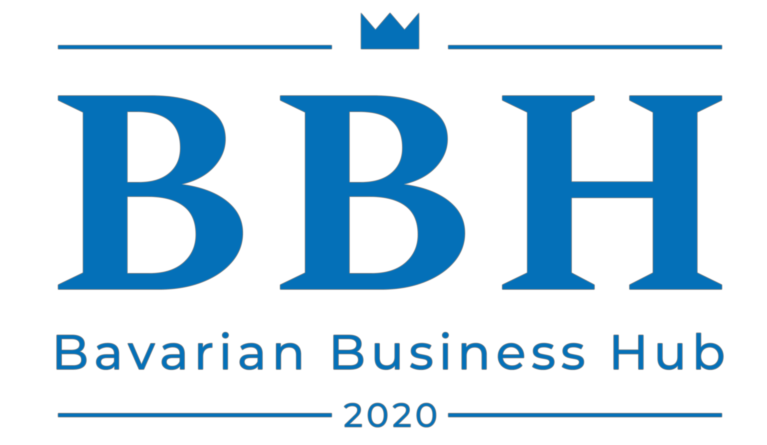
Today’s economies are dramatically changing, triggered by development in emerging markets, the accelerated rise of latest technologies, sustainability policies, and changing consumer preferences around ownership. From interconnectedness to autonomous driving and electrification, the automotive industry is facing fundamental change.
But what exactly can we expect from the upcoming revolution?
The automotive industry is undergoing fundamental change that will affect traditional vehicle manufacturers and suppliers, potential new players, regulators, consumers, markets and the automotive value chain. Technology advancements and consumer expectations are the constant drivers of change over the next 10 to 15 years.
Two things are certain:
- First, digital technologies produce entirely new ways in which to foster seamless touchpoints with users. They supply insights that deliver customized services and integrate the vehicle with numerous aspects of a person’s life.
- Second, users expect the digital experiences they get from the vehicle to be at least as good as those they get from their different sensible devices (Smartphones, Padlets, Computers, TVs and Smarthome-Devices) plus that everything is interconnected.
Sustainability is driving the main target on electric cars and therefore the need for brand spanking new skills is causing shortages within the workforce. Personal mobility is a good greater influence because the sharing economy grows. These forces are giving rise to four disruptive technology-driven trends in the automotive sector: diverse mobility, autonomous driving, electrification, and connectivity.
- Up to 15 percent of new cars sold could be fully autonomous by 2030.
- Software will account for 90 percent of innovations in the vehicle and lines of code will be a hundredfold what they are today.
- Car-sharing could make up 26 percent of global miles traveled.
We talked with our Senior Expert for Automotive and Chairman, Dr.-Ing. Daniel Tomic, about the future trends and vision for this industry:
What actions can the industry take to accommodate this change?
First of all, there is one thing which must not change: the focus on the customer! Through the increasing speed of new developments and innovations many new and promising products are possible. Additionally, the regulators determine the general conditions which need to be considered. The industry representatives have to take this into account and make the right decisions concerning the properties of their future products. It is essential to have a systematic and structured approach in this regard. Like in every other industry the automotive sector is changing through the digitalization of our everyday life. Never before it was so necessary to be able to change fast. In former times the rule was: “the big fishes are eating the small” but today it is: “the fast are eating the slow”. There are existing toolboxes which can be applied in every industry to internalize this. A structured decision making process will help to build new USPs which are going to be essential for future success.
How can an automotive organization evolve to operate and innovate like a high tech company that centers its business around digital and data?
The different industry sectors can learn a lot from each other. The core competence of the car manufacturers has been lean production and supply chain management for the last decades. The main aim was the reduction of costs, continuous improvement of quality and an integrated product development process especially when it comes to hardware. Tech companies ever since focused more on the improvement of functionalities through intelligent software development and this competence seems to miss at many “old-economy” industries, as the way of working in this sector is fundamentally different. It breaks down to the culture of an organization. An IT expert or software engineer often does not work in a classical 9-5 job in a stational office whereas a classical mechanical engineer often likes a familiar environment and a given structure to boost his creativity. But as mentioned before the main development potential for innovations in the mobility sector is going to be software. The carmakers have to become more like tech-companies first and foremost. The challenge here is to establish this cultural change without losing their traditional values and competencies as hardware development and improvement will stay important also in the future. The result can be a new form of organization where all “ways of working” are integrated in the best manner. In my opinion Tesla is leading here: they come from the tech-side but were clever enough to accept that they still have to improve in areas where traditional car makers are leading still. That the latest production plant of Tesla is located in Germany is not a coincidence.
How can automotive companies distinguish their brands by developing and conveying an ability to execute faster, more flexibly, and at greater scale than competitors?
Everything has to be derived from the customer perspective and their expectations. Especially the younger generation, the so-called digital natives do not see the car only as a tool to come from A to B. In the future a car has to be a fully connected, intelligent, sustainable and safe device which makes efficient travelling an exciting, productive or entertaining experience in whatever way. The company which meets these pretentions best is going to be in the lead.
At an equivalent time, the influx of out of doors competition delivers new value and displaces traditional automotive companies. What do they need to successfully meet the challenge?
The most important thing is the ability to change. There is no blueprint on how to be successful. Often there is try and error, but it is always better to learn from existing experiences. This saves time and money. The approach to learn from other companies, other industries or even other cultures is most promising. Having people in the management board who have a broad knowledge base, experience from different industries and cultures but still are willing to learn new things and rather listen than speak are a good starting point for good decision making.
Are there critical trends?
There is an interesting diagram which summarizes many critical trends we have right now (see below). But in my opinion there is one trend which is extremely critical especially in the developed industrialized countries where all the important car manufactures are mainly located. It is the influence of politics in the solution-finding process for the problems connected to mobility and sustainability. It is important that the regulators only define the target outcome for example the reduction of CO2 emissions and leave the development of solutions up to the industry and their experts. I will give an example: by supporting and co-financing a technology like battery electric vehicles (BEVs) only, other potential technologies like for example hydrogenic drivetrains are disadvantaged although they can in some use-cases be as efficient or even more efficient than the supported concept. By this political strategy disruptive innovations are suppressed and new approaches to solutions are nipped in the bud. The government has to focus on the outcomes only and rather support basic research and investments in infrastructure than to spend money for sales promotion.

